- Joined
- Apr 24, 2015
- Messages
- 20,686




Some devlogs:Sherman Commander brings a whole new perspective on realism in tactical tank warfare simulation. Presenting the tank as a slow, lumbering war machine that requires the effort of the entire crew to operate. Command your own vehicle together with a whole platoon of Sherman tanks over the most famous theatres of WW2. Take the commander’s seat and give specific orders to your crew and remaining tanks, or open the tactical map to coordinate your actions with accompanying units.
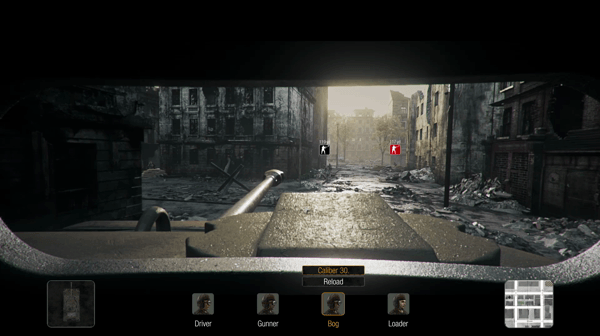
Engage in heavy fighting in the infantry support role and conduct sneaky, maneuver-oriented duels with more heavily armored and harder-hitting enemy vehicles. Being the underdog in those match-ups will require a thoughtful approach, as each mistake may and will have dire consequences. Sherman Commander will feature various battlefields and combat situations across many theatres, and will pit you against a dynamic AI that will attempt to outmaneuver you and put you on the defensive.
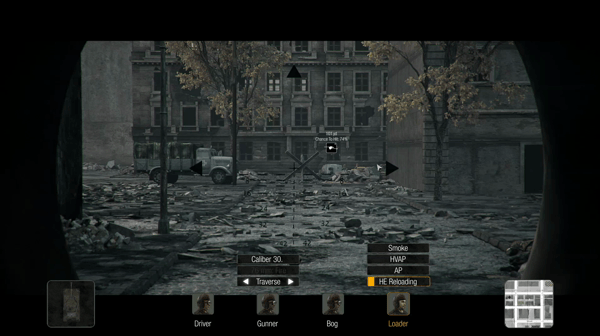
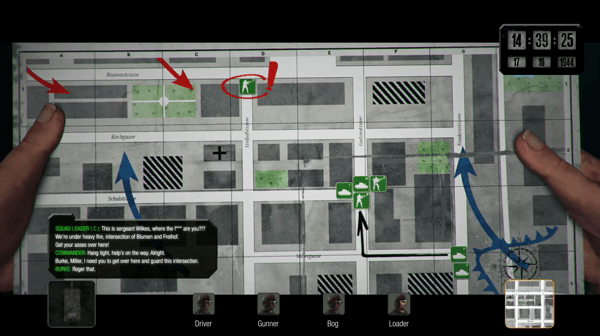
https://store.steampowered.com/news/app/1451050/view/3662041340878268948
https://store.steampowered.com/news/app/1451050/view/3950287576125465309Dev Diary #5: Battle-Ready Urban Jungle
Hey there, Tank Commanders!
Get ready to storm the virtual streets of history in Sherman Commander! Our team has dedicated many hours, pouring sweat and blood into recreating authentic city architecture straight from the World War II era. This ain't no ordinary cityscape – we've gone the extra mile to make it historically accurate.
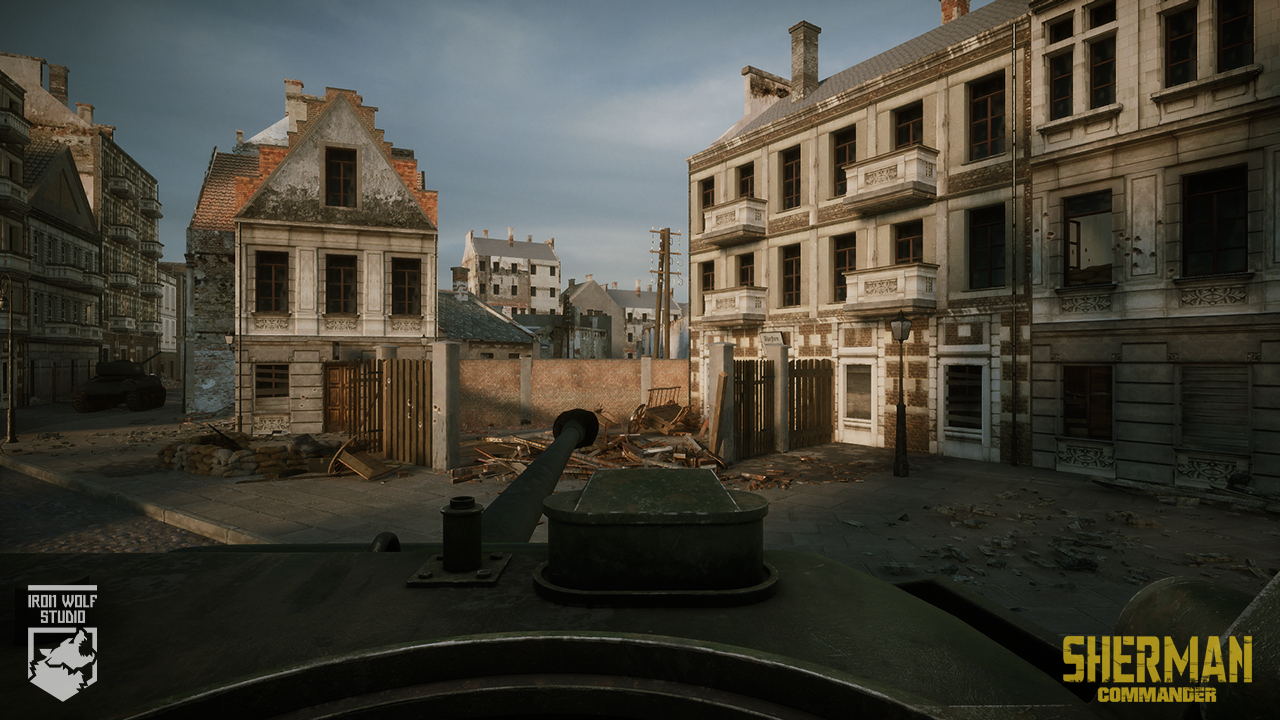
When it comes to developing historical games, it is crucial for the environment to accurately depict the reality of the time period, including its architecture, of course. That's why we delved into historical archives, unearthing footage of cities such as Aachen during World War II, carefully examining the photos and paying attention to everything that was characteristic of the time period. And not only was it worth it because we learned a lot about the architecture of that era, but we were also able to incorporate tons of small details into Sherman Commander.
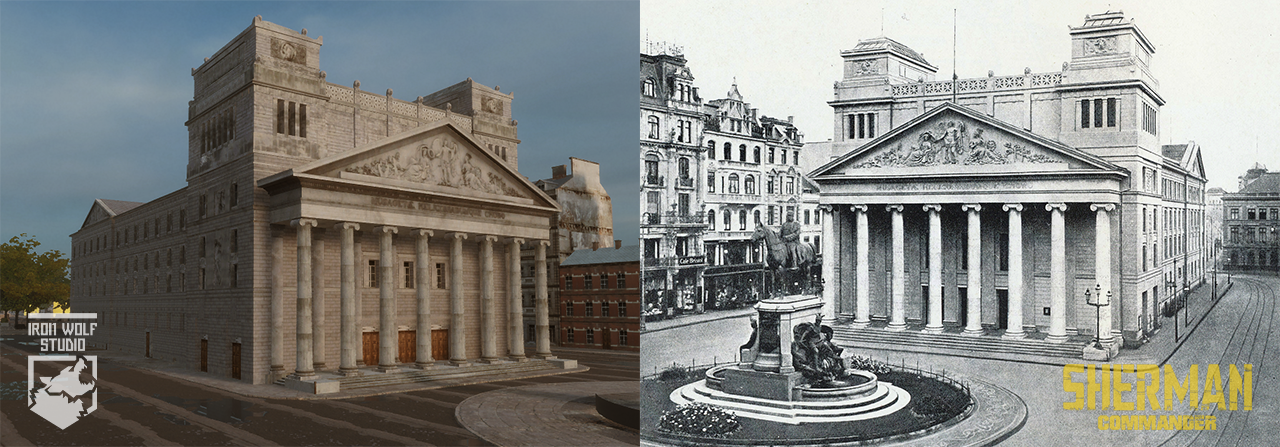
That being said, we decided not to compromise to make the streets look real. It's not a matter of simply recreating the architecture. The devil is in the details. One remarkable example is our recreation of advertising signs that added character to those cities instead of being mere distractions like they are today. We couldn't simply overlook them. Instead, we invested efforts in capturing their essence.

We couldn't forget about the advertising poles that can still be found on many streets today.
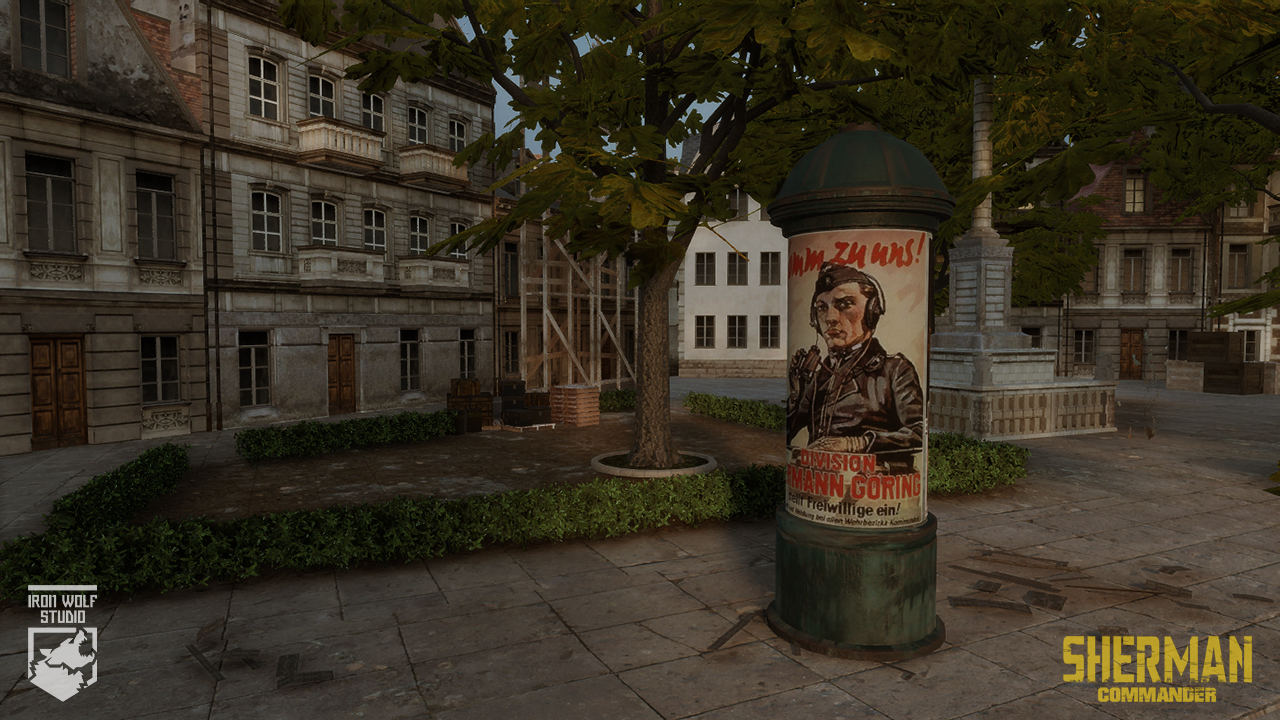
And we also didn't forget about the roads, which are largely covered with the characteristic cobblestone of that time period…
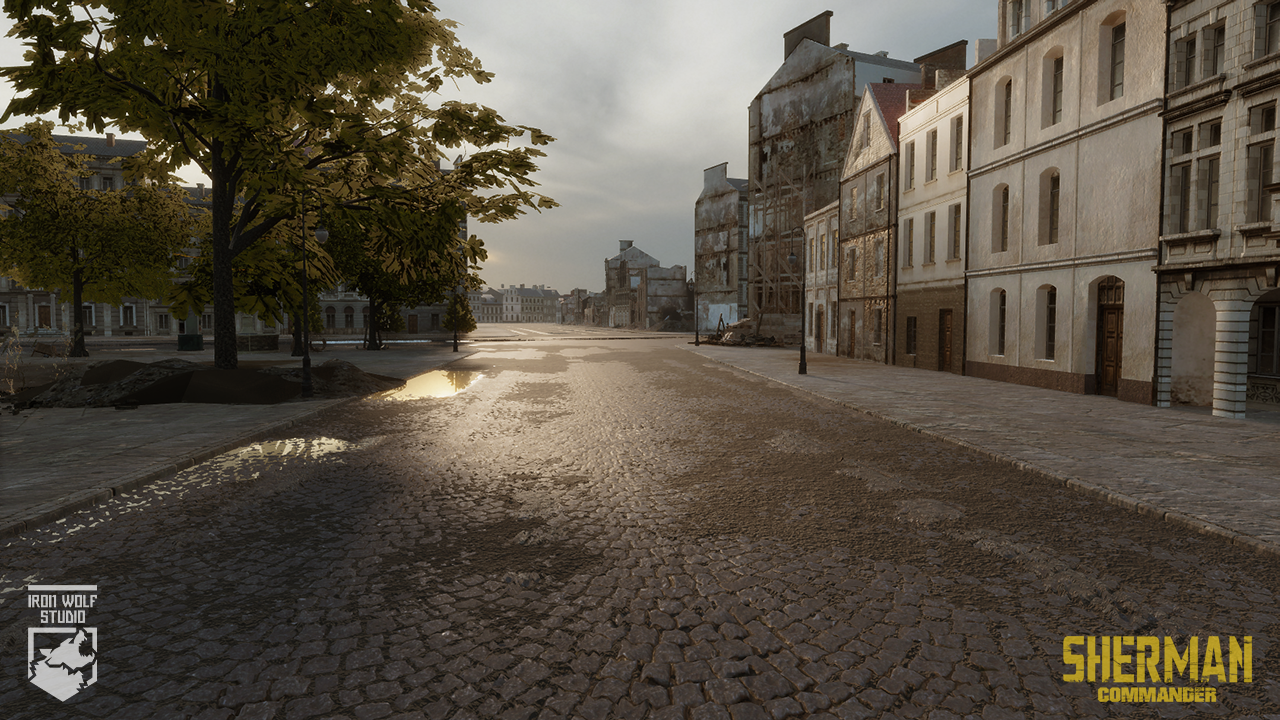
And of course, we have the pigeon lofts, too!
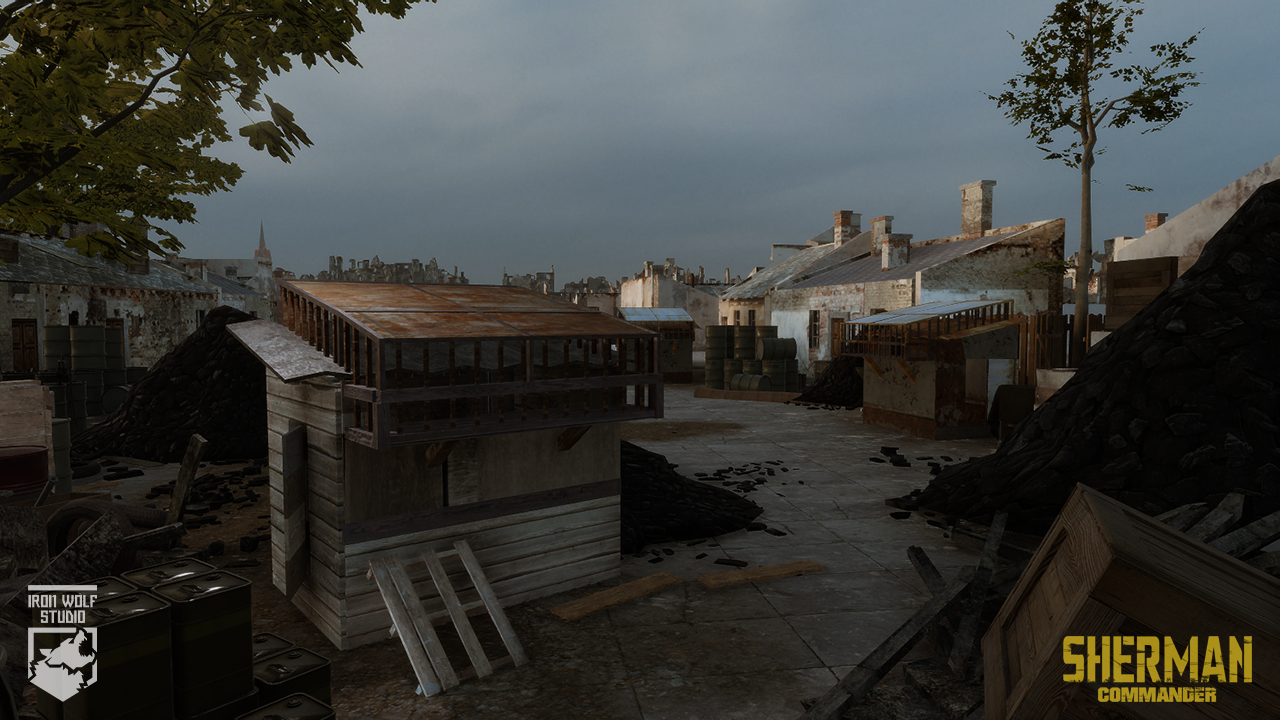
That's not all! These constructions and other obstacles, like street lamps or wooden wagons, are not indestructible, and are also a great hideout for the enemy! You’ll never know if they are hiding inside a building, waiting for the right moment to rain fire from the windows. Fortunately, you've got the power to take those structures down, just like you would be in real life. It's going to be quite a battlefield. We will definitely come back to the subject of destroying the environment and enemies, cause there’s a lot more to tell.

So, gear up and get ready to face the urban jungle like never before. Dive into the gritty streets of history, as we bring the WWII city streets to life in Sherman Commander!
Dev Diary #9: Exploring the Open Fields of Normandy
Hey, Tank Commanders!
In our previous
peek
, we delved into the urban chaos of Aachen. Now, let's venture into the challenging landscapes of Normandy. It's not just pretty scenery, it's where strategic warfare takes center stage.
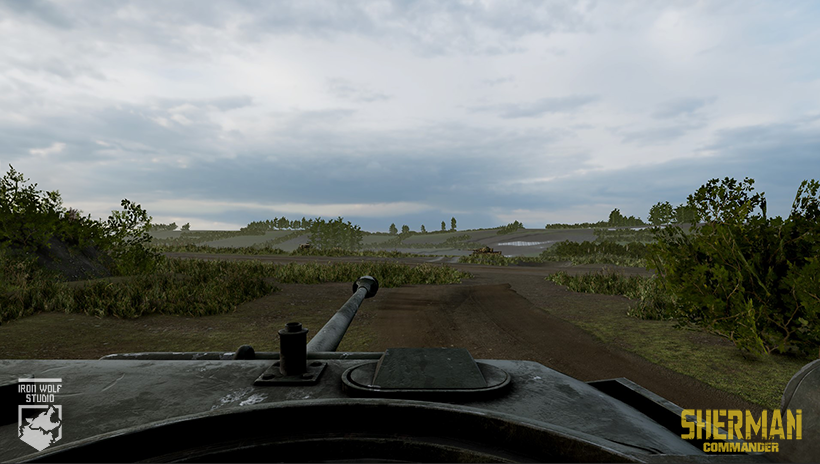
Normandy, rich in history, is a place where Allied forces faced a maze of obstacles, both natural and man-made. From hills and tree lines, through rivers and ponds, all the way to fences, stone walls and the famous hedgerows which posed some of the most serious tactical challenges for the attackers in this phase of the war. Not only did these barriers limit visibility, but also channeled the attackers into killing zones, where German defenders were dug in, with concealed anti-tank guns trained on the most probable vectors of approach. Overcoming these challenges often required innovation, such as tank-mounted "salad forks", allowing tanks to break through the hedgerows and open new pathways for the infantry.
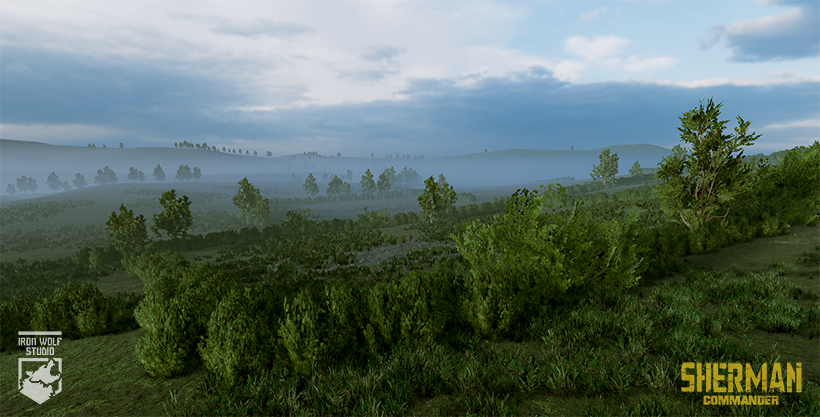
Thick forests may impede movement, offering opportunities for ambushes. Destructible fences and walls allow for creating new pathways, and capturing crucial bridges and fords will often be key to victory. While small bridges accommodate only infantry, larger ones will allow tanks to cross, thus becoming pivotal points that demand careful consideration. Rivers, though beautiful, might prove insurmountable obstacles, potentially altering the course of the battle.

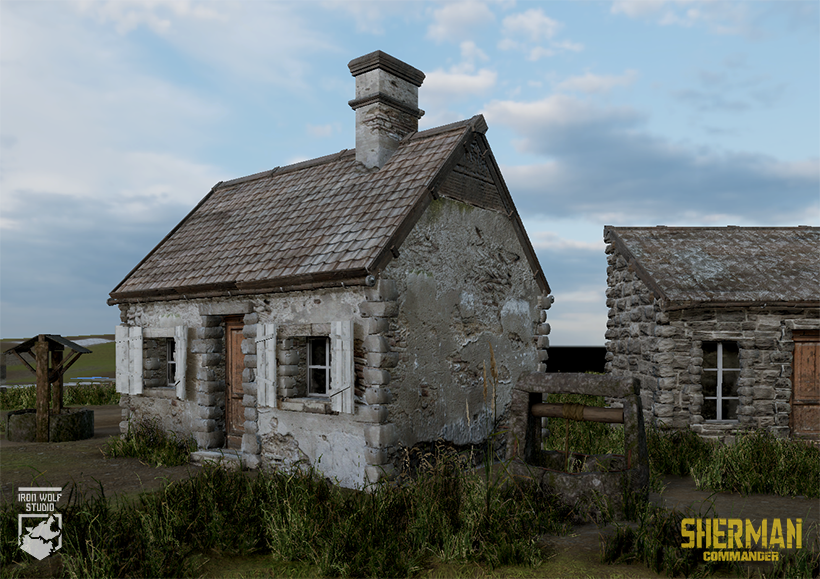
Normandy's rural charm unfolds with scattered villages, rustic houses, and barns dotting the picturesque countryside. As peaceful as it might seem, the environment is a maze of death traps, illustrating the scope of predicament that the Allies faced during the Normandy breakout. In this challenging theater of operations, only commanders with a keen eye and tactical acumen will gain the upper hand over the enemy.
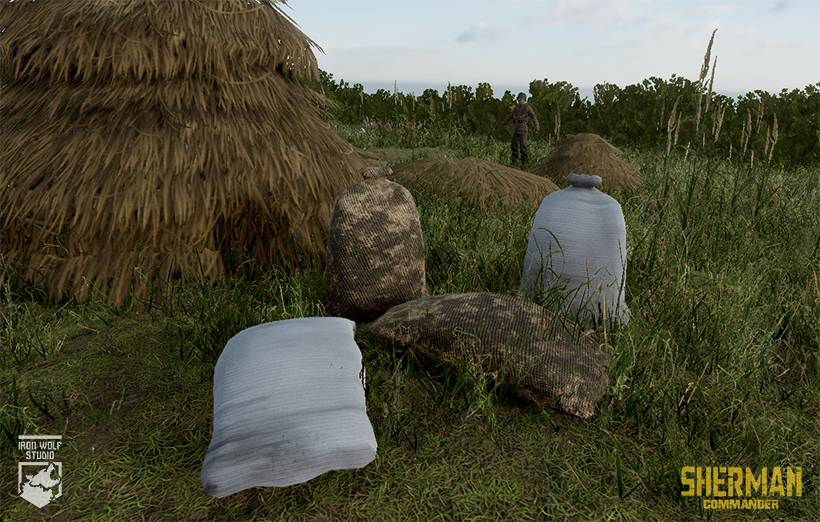
So, gear up, Commanders, as we embark on a journey where the fields of Normandy become the battlegrounds of strategic brilliance.
Last edited by a moderator:















